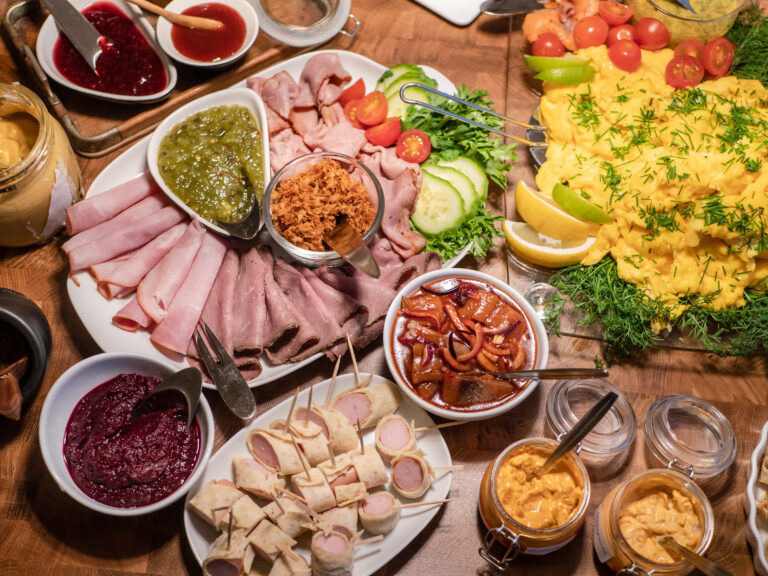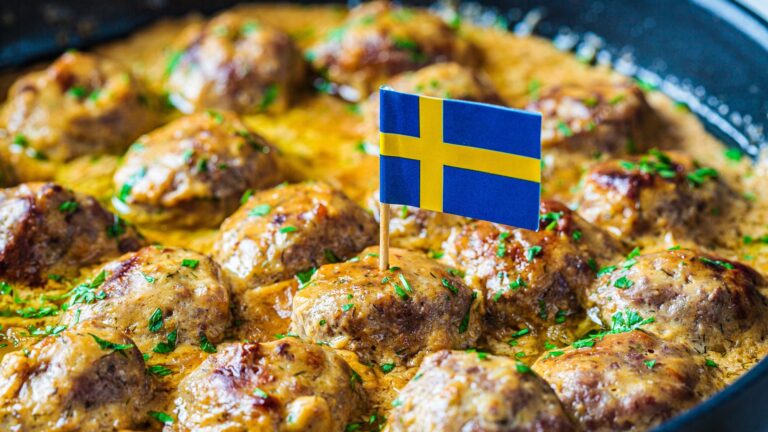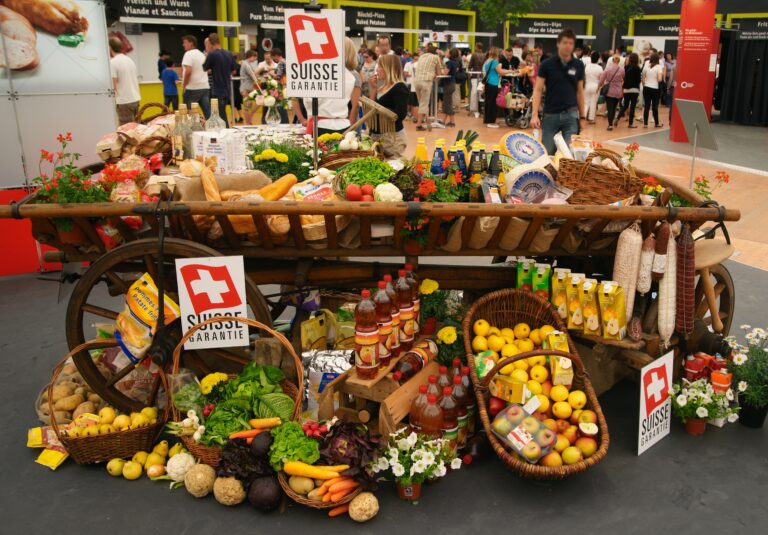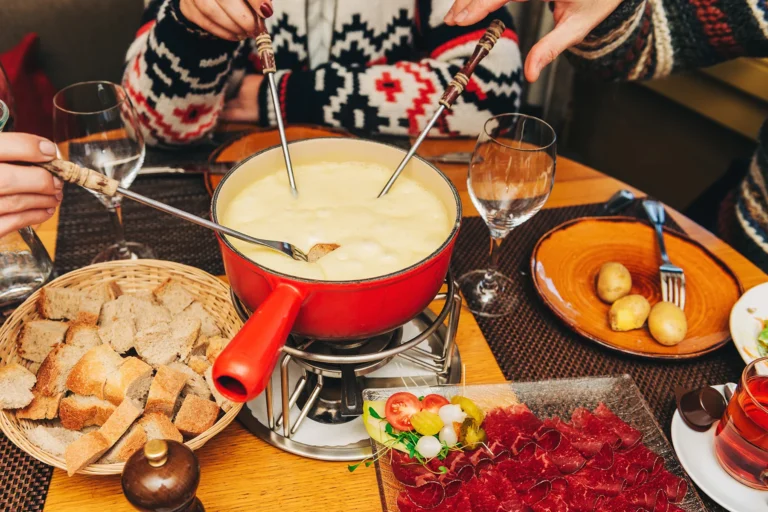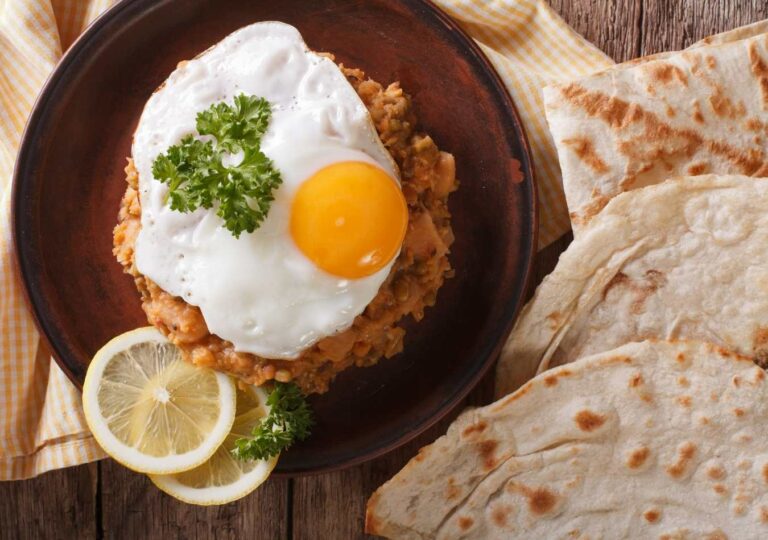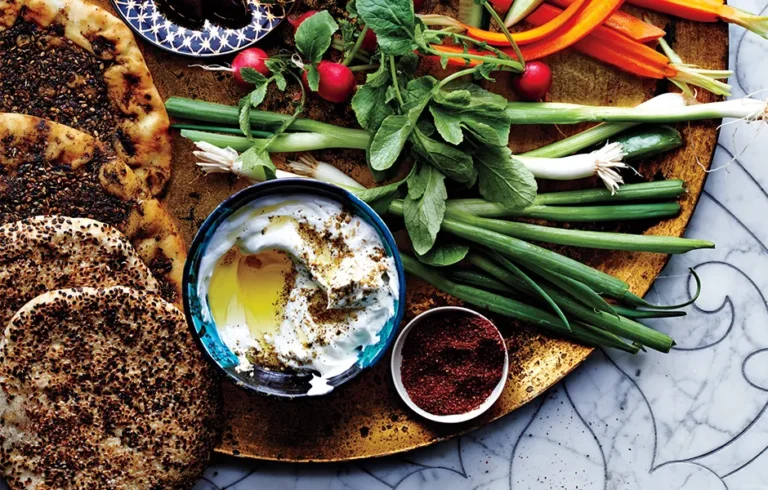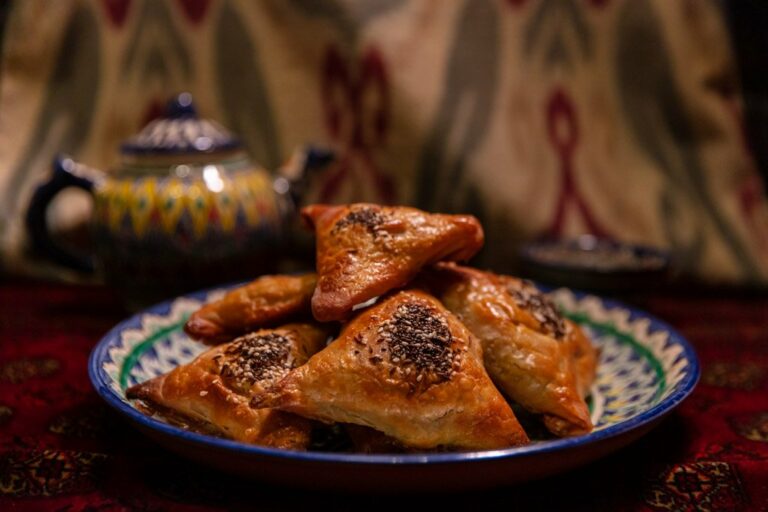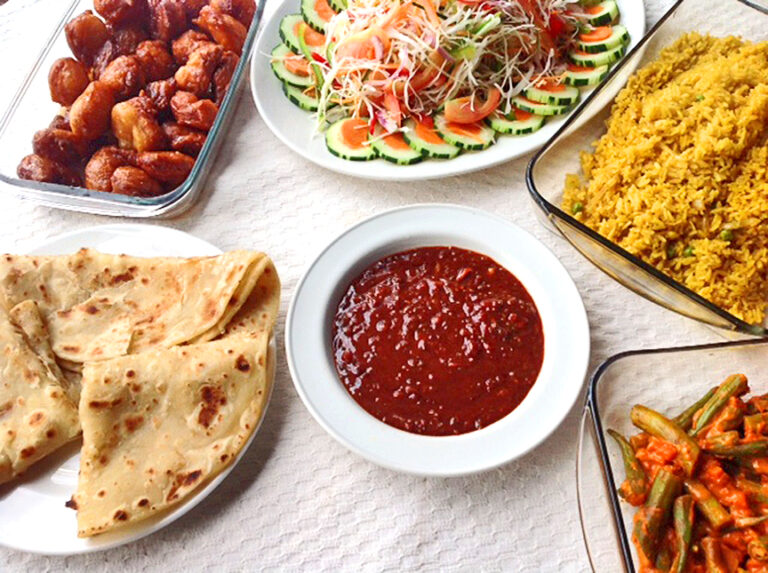Introduction: Swedish Cuisine and Breakfast Foods
Swedish cuisine is known for its simplicity, using fresh and locally sourced ingredients to create hearty and delicious dishes. While most people may associate Swedish cuisine with meatballs and lingonberry sauce, there are a variety of other dishes that are enjoyed throughout the day, including breakfast.
In this article, we will explore the different Swedish breakfast dishes that are popular in Sweden, from traditional options to more modern trends. We will also look at the regional differences in breakfast foods and how they contribute to the diversity of Swedish cuisine.
Traditional Swedish Breakfast Dishes
A typical Swedish breakfast consists of bread, cheese, cold cuts, and a variety of spreads such as butter, jam, and honey. One popular breakfast dish is the tunnbrödsrulle, which is a flatbread roll filled with mashed potatoes, hot dogs, and condiments such as ketchup and mustard. Another traditional option is the räksmörgås, which is an open-faced sandwich with shrimp, boiled egg, and dill.
Swedish porridge, or gröt, is also a common breakfast food, made from oats, rye, barley, or wheat. The porridge can be served with milk, sugar, and cinnamon, or with a dollop of lingonberry jam. Other hot breakfast options include scrambled eggs, bacon, and meatballs.
Smorgasbord: A Buffet-Style Breakfast Spread
The Swedish smorgasbord, or buffet-style meal, is a popular way to enjoy breakfast in Sweden. A smorgasbord typically includes a variety of breads, cheeses, cold cuts, and spreads, as well as hot dishes such as scrambled eggs, bacon, and pancakes.
One traditional smorgasbord dish is the gravlax, which is cured salmon served with dill and mustard sauce. Another popular option is the köttbullar, or Swedish meatballs, which are typically served with lingonberry jam.
Modern Swedish Breakfast Trends
In recent years, Sweden has seen a rise in more modern breakfast trends, such as smoothie bowls and avocado toast. One popular dish is the acai bowl, which is made with acai berries, banana, and granola. Another option is the nötgröt, which is a porridge made from nuts and seeds, and can be served with fresh fruit and yogurt.
Coffee is also an important part of Swedish breakfast culture, with many people enjoying a fika, or coffee break, in the morning. Swedes typically drink their coffee black, and may also enjoy a cinnamon roll or pastry with their beverage.
Regional Variations in Swedish Breakfasts
Like many countries, Sweden has regional differences in its cuisine, including breakfast dishes. In the north of Sweden, a popular breakfast option is the palt, which is a boiled potato dumpling served with butter and lingonberry jam. In the south, a common breakfast dish is the egg cheese, or äggost, which is made from eggs and milk and served with jam or honey.
Conclusion: Exploring the Diversity of Swedish Breakfast Foods
Swedish breakfast foods may not be as well-known as some other international cuisines, but they offer a variety of delicious and hearty options. From traditional dishes like tunnbrödsrulle and gröt, to modern trends like smoothie bowls and avocado toast, there is something for everyone to enjoy. And with regional variations adding to the diversity of Swedish cuisine, there are always new and exciting breakfast dishes to discover.

